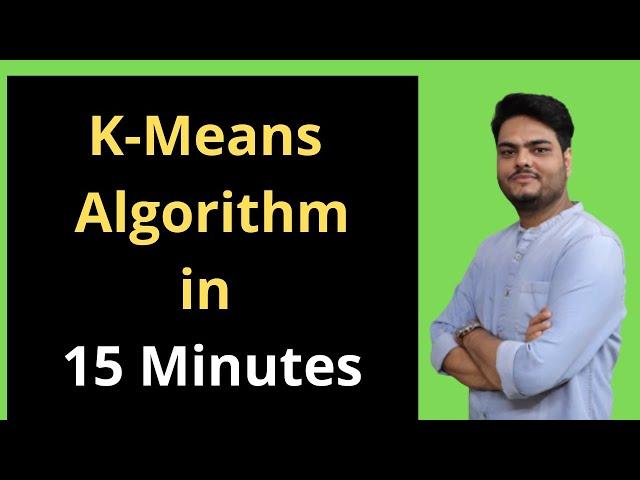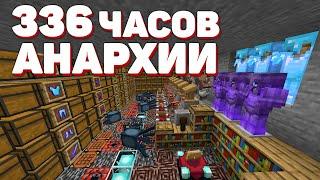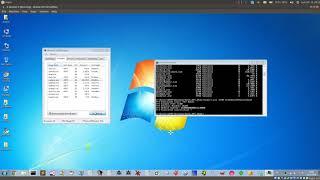
K Means Clustering in 15 Minutes | K means clustering explained | K means clustering in python
Комментарии:

hello sir .... thank you very much . your are best and making data science easy for student like me 10000 likes
Ответить
professor from moon.....fly full environment....super sir
Ответить
Brother, K Value I have got from the Elbow Method and Silo Score (K Value) seems to be different. What does it tells? Am I wrong
Ответить
Very well explained. Can i use the concept of k means clusterring in R language.
Ответить
from request import PandaRequest
ModuleNotFoundError: No module named 'request'

but they are always giving me this error: ModuleNotFoundError: No module named 'request'
after installing requests module the problem remains

thank you
Ответить
Great explanation! love it
Ответить
excellent
Ответить
Rather than choosing random centroid id is better to choose centroid with maximums distance
Ответить
Hi Aman!!
I'm currently studying in Germany.
Thanks a lot for explaining K means in plain english. This is by far simplest video to understand the concept. However I have one doubt. Suppose we have 5 variables or 10 variables in a table. Then how K means works? In your case there were only two variables so the scatter plot can be easily made. If there are 5 variables then also K means develop the scatter plot first and determine euclidean distance or how does it works?
In addition to that I have another doubt, I have data related to bank customers in 5 tables, how would you suggest to apply K means when we have multiple tables?
Thanks
Mohit

great video. thank u.
Ответить
explanation is very nice and understandable. please provide dataset link also.
i am stuck there.

Thank you sir
Ответить
you are great. May God bless you
Ответить
You r just awesome explained difficult things in an easy way ✅
Ответить
Consider 2 clusters. What if the distance of a point is equal to both clusters. ?
Ответить
Thank you
Ответить
Nice video. Simple n clean
Ответить
When u say mean of data points.. will it be mean of difference between randomly initialised centroid & data points?
Ответить
Thank you bro for your detailed explanation 🙂 Kuddos !!👏
Ответить
very nice explanation and implementation sir, please provide the excel file also(file is not present in google drive)
Ответить
wonderful explanation, very informative video. Sir please make video on PAM CLARA also
Ответить
keep exploring sir, explanation is excellent. waiting for the next video.
thank you

very clear explaination sir :)
Ответить
Brother will you do a video fro adaptive-K means algorithm brother
Ответить
Really a good info on K Means!! Thanks
Ответить
Thank you sir!
Ответить
Really nice explanation sir
Ответить
Excellent Tutorial! May I know where can I download the CustomerData.xlsx dataset? Thanks!
Ответить
Make sure to tell ur concept in normal language it is more complicated
Ответить
finished watching
Ответить
In this example, you have used two columns in the dataset for clustering. At the end when visualizing the clusters, the plotting was done between these two columns. But if we have more than 2 columns in our data, how do we visualize the clusters after clustering?
Ответить
Hey guys I am a new student in data science please somebody that can train me I will pay for
Thx

Incase of Inertia it will sum up the distances
For example suppose k = 2 it will create 2 clusters and it will add the 2 cluster to show the Inertia value??? Is that correct

Is there a formula for inertia?
Ответить
If I get a real world dataset where I need to perform clustering, should I first split into train, test and valid and then scale and perform clustering algo?
Also if I want to evaluate how accurate my clusters are how should I proceed about it?

hi just one doubt initializing the centroid second step which is randomly initialized or is there specific reason to select
Ответить
Apply K-Means clustering with K=2,3,4,5,6,7,8,9,10 for all features of 56 datasets and find the optimal number of clusters using the Silhouette Coefficient and Davies–Bouldin index.
2. Store your results with a single excel file with multiple rows, i.e., one row for each project and Column used to represent Silhouette Coefficient and Davies–Bouldin index.
3. Represent your results using visualization techniques.
Note:56 datasets include 56 excel sheets with 125 rows and 20 columns. 21st clumn indicats class.
kindly, help me with this.

Amazing Explanation, great
Ответить
Useful 🙌❤️
Ответить
basically we need to have intra cluster has to be minimum and inter cluster distance has to be maximum in clustering method, how will it taken care by at a time in clustering .
could you explain about it ?
thanks in advance :)

How do we determine the number of iterations to move the centroid and what if it still not enough to classify the datapoints into correct clusters.
Ответить
How can you assure lofer
Ответить
Sir how it applicable to machines??
Ответить
Thnx sir😊
Ответить
Thank You! this was very helpful
Ответить
Really good
Ответить
This is One Video where am searching to know the base line of K-Means Algorithm clearly. Thank you very much for your detailed explanation in simple terms about K-Means algo.
Ответить

























